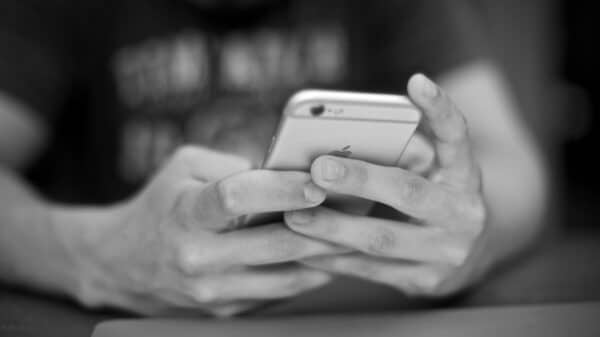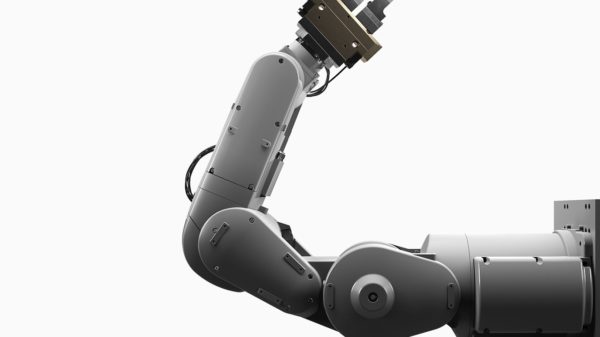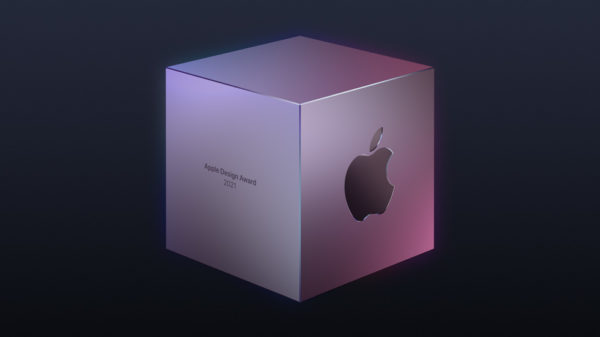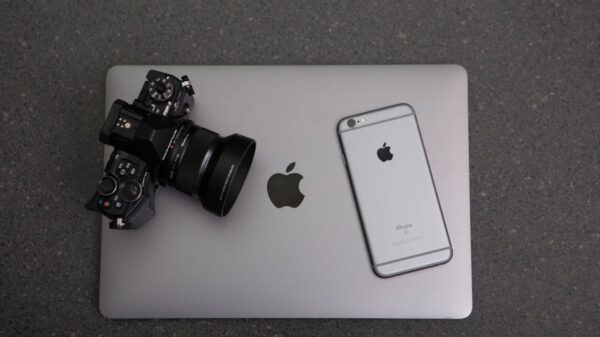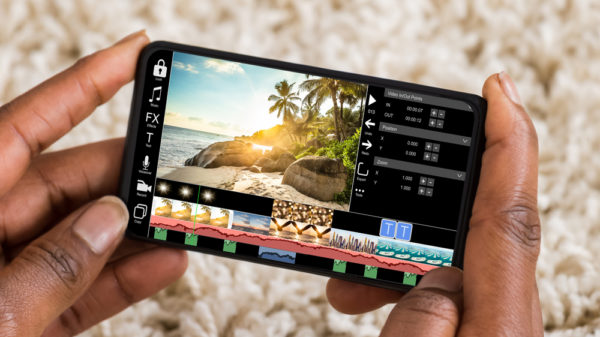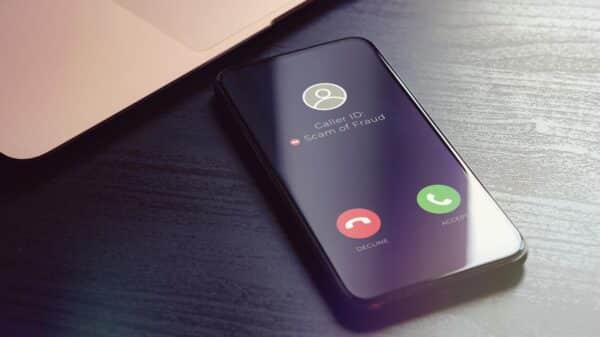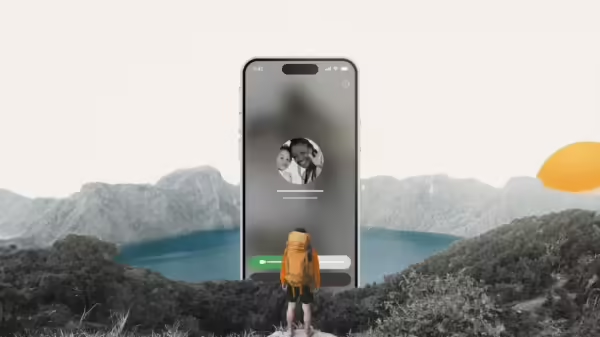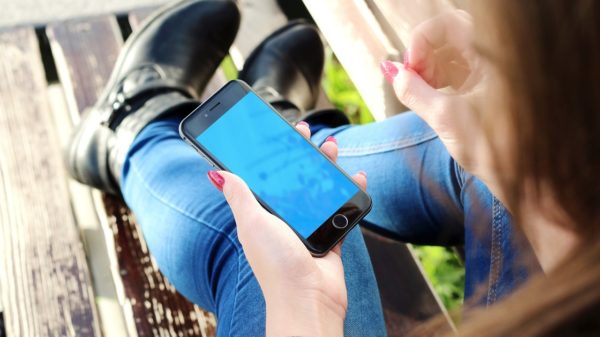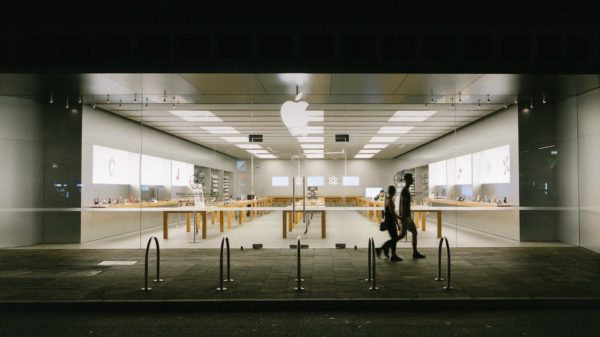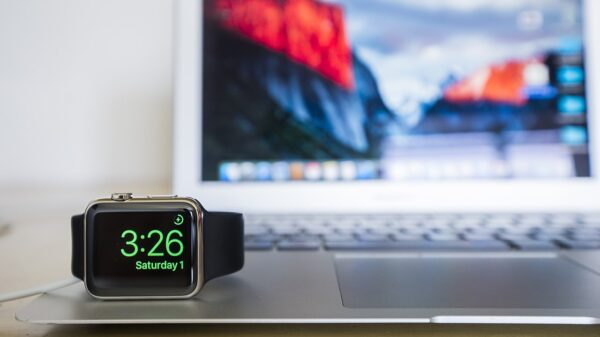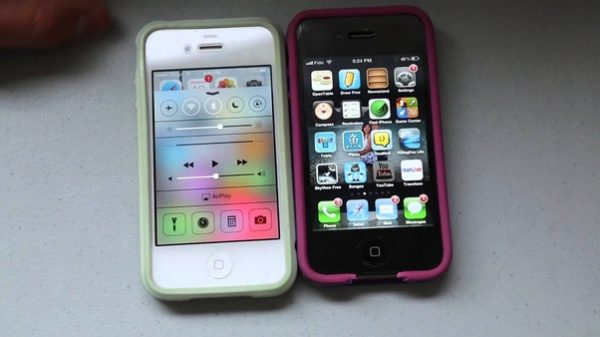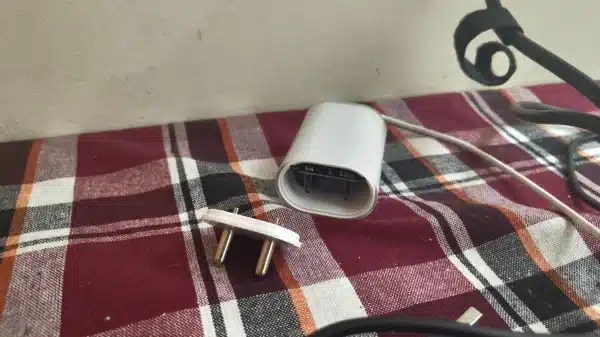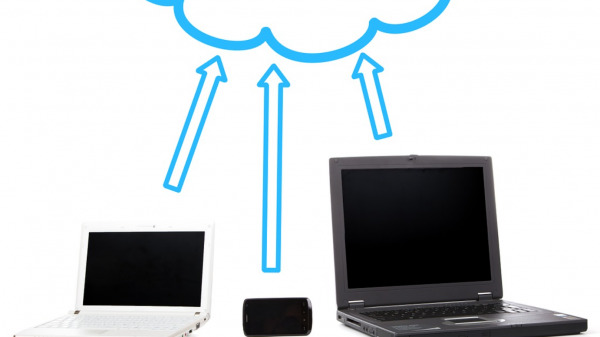We’ve been there: you’re on your iPad, minding your own business, and the screen goes black. Whether you’re completing a project for work or playing a game of solitaire, the black screen of death can ruin your day. Is there anything you can do to save your device?
The answer is “usually.” There are quite a few reasons why your iPad screen may go black unexpectedly. It’s most often due to a software issue introduced by an app or update. Why would something meant to improve your iPad break it? It’s bad luck and bugs in the code.
Other times, your iPad may fail due to hardware issues. Many users had issues with their new iPad Airs in 2019 due to some faulty wiring. Thankfully, Apple fixes those hardware issues for free.
And although you may be extra careful with your electronics, accidents do happen. Dropping your iPad can damage the inner workings, even if the screen doesn’t shatter. No matter what the root cause, here are 3 solutions to the black screen of death.
Before you Get Started
We know you’re ready to see what the fix is – but your first step to any of these solutions is to back up your device. You won’t know if the solutions offered below will fix your device until you try them. And, by that point, you may have missed the chance to save your data. It only takes a couple of minutes to try and save the files on your iPad.
- Connect your iPad to a computer with iTunes installed. Open iTunes and see if your device is recognized by the app. If not, you won’t be able to back up your data.
- Once your iPad shows up in iTunes, click on the Device Summary.
- You’ll see one column, Backups, and a second column, Manually Back Up and Restore.
- Select “this device” under Backups.
- Select “backup now” under Manually Back Up and Restore.
If it can, iTunes will back up the data from your iPad and save it in the computer app. In the event of a device reset or replacement, you can download that data onto your iPad later.
Manage the Temperature of Your iPad
The most common reason for the black screen of death is simply a matter of temperature. If you’re using your iPad in an especially warm or cold area, it might just shut down! Leaving your iPad in a cold car while you run errands or watching videos with the iPad in your lap can be enough.
In that case, just relocate your iPad. Put it somewhere more temperate in your home or office. The device should restart on its own. If not, wait until the iPad feels room temperature (10-20 minutes) and power it on.
Use iTunes to Enter DFU Mode on Your iPad
When software issues are introduced to your iPad, putting it into DFU mode is a reliable solution. This process does risk data loss! If you didn’t heed our first warning, we’ll repeat it: attempt to back up any data you don’t want to lose.
- With your iPad unplugged, hold the Home and Power buttons simultaneously for 5 seconds.
- Plug the iPad into your computer and open iTunes.
- Hold the Home and Power buttons simultaneously for 10 seconds.
- At this point, iTunes should alert you that your iPad is entering DFU mode.
- Hold the Power button until the device powers back on.
Bring to the Apple Store to Check Hardware
Still stuck with the black screen of death? It’s time to visit an Apple store. At this point, there’s a good chance that a hardware malfunction or damage is behind your issues. Don’t try to fix hardware on your own! Just leave it to the professionals – otherwise, you risk damaging your iPad further or losing your warranty protection.

